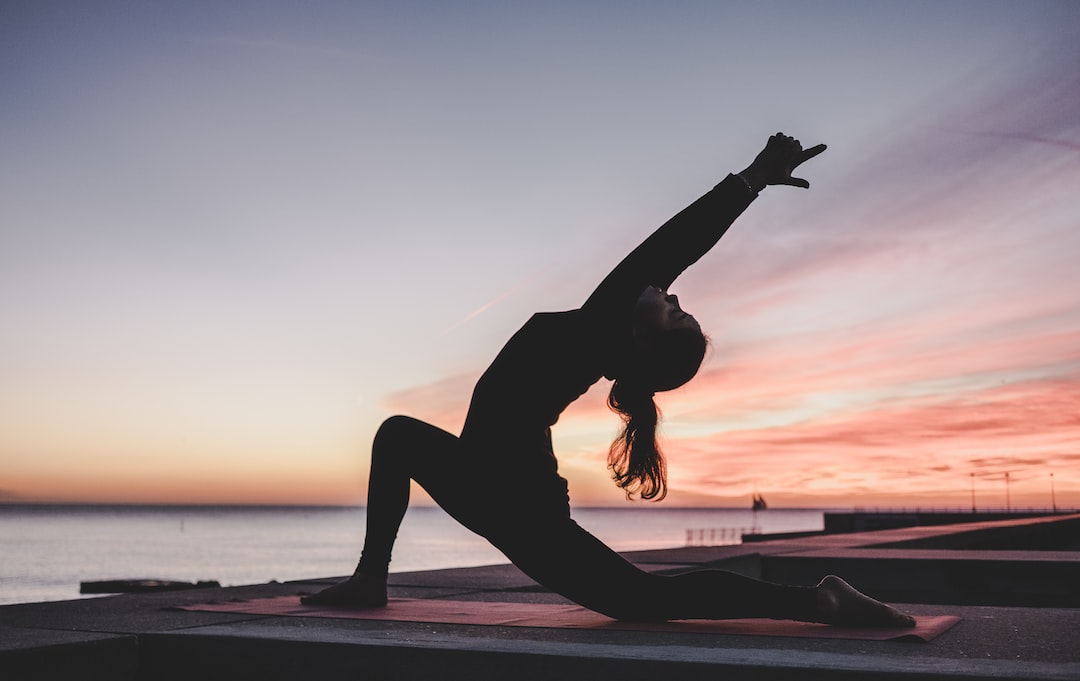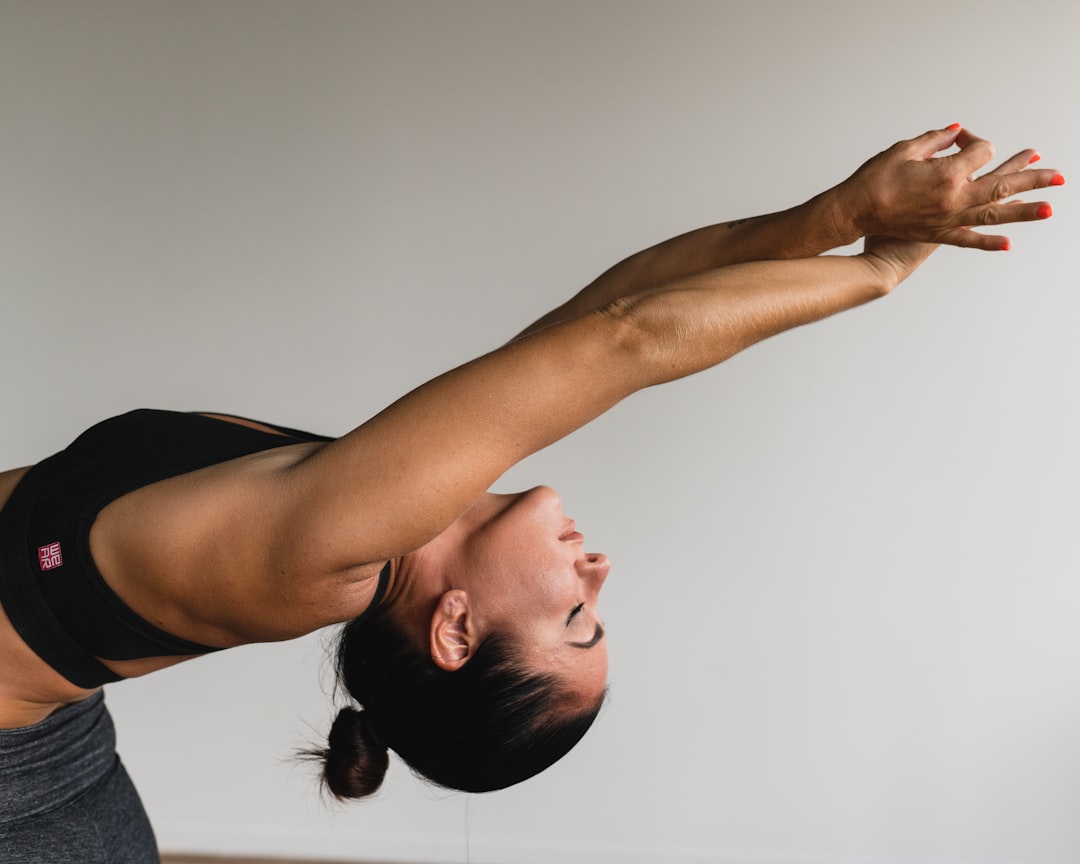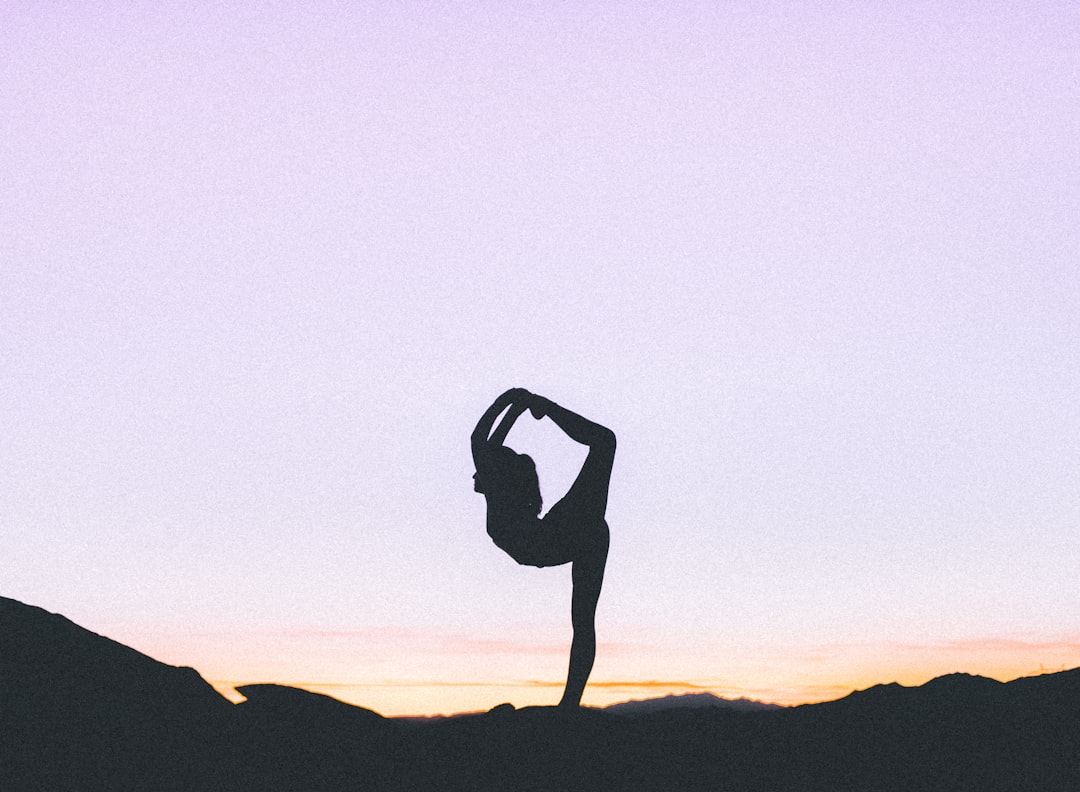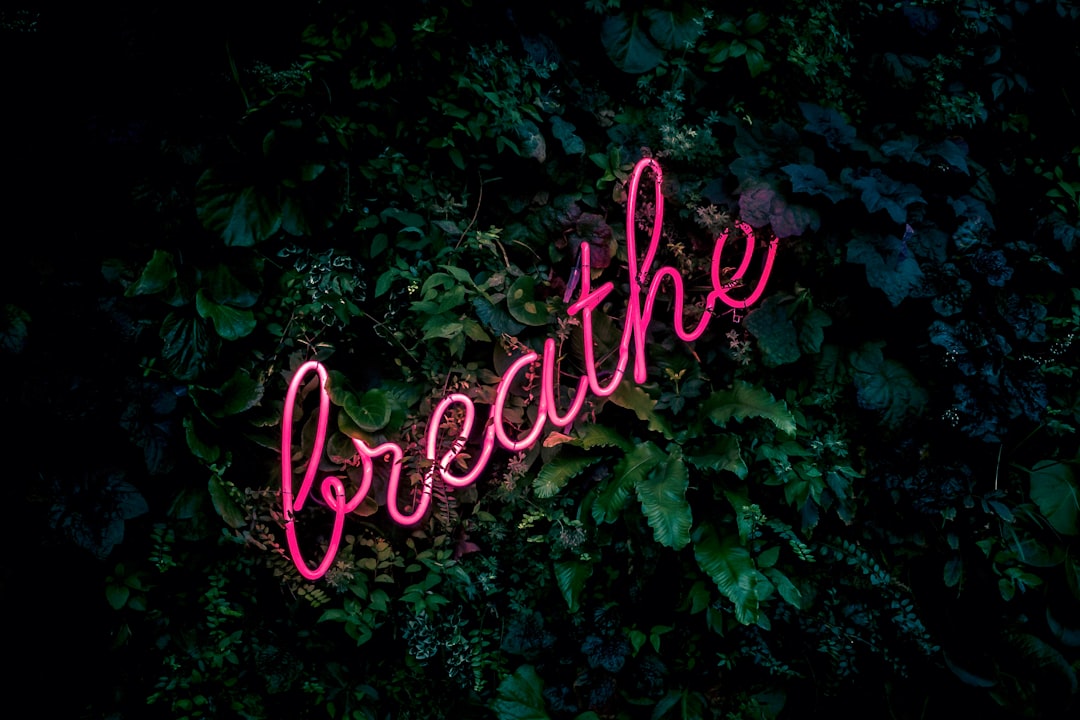In our fast-paced world, we often forget the importance of balance and stability in our daily routines. These crucial elements are essential for maintaining proper posture, preventing injuries, and enhancing overall well-being. With the right exercises, we can improve balance and stability, leading to better performance in various activities like sports, dancing, and even day-to-day routines like walking up the stairs, carrying heavy objects, or standing in a crowded train.
In this blog post, we will introduce you to five exercises that can help improve your balance and stability. These exercises are easy to perform, require no special equipment, and can be done by anyone at any fitness level. So whether you are an athlete looking to enhance your performance or an older adult concerned about preventing falls, these exercises can help you achieve your fitness goals.
How These Exercises Can Help Improve Your Balance and Stability
Each of the five exercises we will cover in this blog post is designed to engage specific muscles that are essential for maintaining balance and stability. By performing these exercises regularly, you can strengthen these muscles, improving your overall balance and stability.
These exercises can also help you develop better body awareness and proprioception, which is your body’s ability to sense its position and movements in space. Proprioception is crucial for maintaining balance, especially during dynamic activities like walking, running, or jumping.
Finally, these exercises can train your nervous system to respond quickly and efficiently to changes in your environment. For example, if you slip on a wet pavement, your body’s quick reflexes and coordinated muscle movements can help you avoid falling.
In the next section, we will start with our first exercise: “Tightrope Walk.”
“Tightrope Walk”
If you’re looking for an exercise that can improve your balance and stability, then the “tightrope walk” might just be what you need! This simple yet effective exercise can help strengthen your lower body and improve your overall stability, which is essential for maintaining good balance and preventing falls.
Step-by-step instructions:
- Find a straight line on the ground or use a balance beam if available.
- Put your arms out to the side to help with balance.
- Take a step forward onto the line or beam with one foot.
- Place your other foot in front of the first foot while keeping your balance.
- Repeat the process until you reach the end of the line or beam.
Muscles being engaged:
The “tightrope walk” exercise works the muscles in your legs, particularly your quads, glutes, and calves. It also engages your core muscles, which are essential for maintaining balance and stability.
Tips for increasing difficulty:
- Try walking backward on the line or beam.
- Close your eyes while walking to remove visual cues that help balance.
- Add obstacles, such as cones or a ball, to your path.
Incorporating the “tightrope walk” into your fitness routine can help improve your balance and stability, which can be beneficial for everyday activities such as walking, running, and even simple tasks like standing up from a chair. So, give it a try and see how it can help you!
Take a step forward onto the line or beam with one foot.
“Single-Leg Deadlift”
The single-leg deadlift is another great exercise for improving balance and stability. This exercise targets the hamstrings, glutes, lower back, and core muscles. Here are the step-by-step instructions for performing the exercise:
1. Stand on one foot while holding a dumbbell or kettlebell in the opposite hand.
2. Slowly lower the weight towards the ground, while lifting your other leg behind you.
3. Keep your back straight and your core engaged throughout the movement.
4. Once you reach a comfortable range of motion, slowly return to the starting position.
5. Repeat for 10-12 reps on each leg.
It’s important to maintain proper form while performing the single-leg deadlift to avoid injury. Here are a few tips to keep in mind:
– Keep your back straight throughout the movement to avoid rounding your spine.
– Engage your core muscles to help stabilize your body.
– Start with a lighter weight to get the hang of the movement before increasing the weight.
Incorporating the single-leg deadlift into your fitness routine can help improve your balance and stability in everyday activities. Make sure to include this exercise in your leg day routine to strengthen your lower body and improve overall fitness.
“Side Plank with Leg Lift”
The side plank with leg lift is an excellent exercise that can help improve both your balance and stability. This exercise targets your core muscles, including your obliques, glutes, and hip muscles.
To perform this exercise, follow these step-by-step instructions:
- Start by lying on your side with your forearm on the floor and your elbow directly under your shoulder.
- Stack your feet on top of each other and engage your core muscles to lift your body up into a side plank.
- Once you have stabilized yourself in the side plank position, lift your top leg up in the air, keeping it straight. Hold this position for a few seconds before lowering your leg back down.
- Repeat this exercise for 10-12 reps before switching sides and performing the same number of reps on the other side.
As you perform this exercise, you will feel a burn in your obliques, glutes, and hip muscles. To increase the difficulty of this exercise, you can try holding a weight in your top hand or extending your arm straight up towards the ceiling.
If you find this exercise too challenging, you can modify it by instead performing a side plank without the leg lift. This will still engage your core muscles and help improve your balance and stability.
Incorporating the side plank with leg lift into your fitness routine can help improve your overall fitness and increase your ability to perform daily activities with ease.
To perform this exercise, follow these step-by-step instructions:
- Start by lying on your side with your forearm on the floor and your elbow directly under your shoulder.
Bosu Ball Squat
The Bosu ball squat is a challenging exercise that targets your core, glutes, and legs while improving your balance and stability.
To perform this exercise:
- Place the Bosu ball on the ground with the flat side facing up.
- Stand on the ball with your feet shoulder-width apart and your toes pointing forward.
- Bend your knees and lower your body until your thighs are parallel to the ground.
- Pause for a moment, then straighten your legs to return to the starting position.
- Repeat for several repetitions.
When performing the Bosu ball squat, you engage many muscles in your body, such as your quads, hamstrings, glutes, calves, and core. Maintaining your balance on the unstable surface also activates your stabilizing muscles, including your hip abductors, adductors, and the muscles of your ankles and feet.
If you want to increase stability on the Bosu ball, it’s important to maintain proper form during the exercise. Keep your feet planted firmly on the ball and avoid leaning too far forward or backward. You can also try performing the exercise with a lighter load or incorporating single-leg variations.
When performing the Bosu ball squat, you engage many muscles in your body, such as your quads, hamstrings, glutes, calves, and core.
“Medicine Ball Throws”
Medicine ball throws are a great exercise that can help improve your balance and stability. This exercise involves using a medicine ball to throw it against a wall or to a partner while standing on one leg. This exercise helps to improve your stability by forcing the muscles in your legs and core to work harder to maintain balance while you are throwing the ball.
To do this exercise, start by standing on one leg and holding a medicine ball with both hands in front of your chest. Next, lunge forward and throw the ball against the wall or to your partner, lifting your leg off the ground as you throw. As you catch the ball, balance on one leg again, and then repeat the movement for the desired number of repetitions.
The muscles engaged in this exercise include the glutes, quadriceps, hamstrings, calves, and core muscles. By throwing the medicine ball on one leg, you are forcing those muscles to work harder, which helps to improve stability and balance.
To ensure proper technique with the medicine ball, be sure to keep your core tight and your back straight throughout the exercise. Also, make sure to keep your knee aligned with your toes and avoid letting your knee collapse inward, which can put excess strain on the knee joint.
As you progress, you can increase the difficulty of this exercise by using a heavier medicine ball or introducing other movements, such as rotating your torso as you throw the ball. By incorporating medicine ball throws into your fitness routine, you can help improve your balance and stability, which can benefit you in many areas of your life, both in and out of the gym.
Conclusion
Incorporating exercises that help to improve balance and stability is essential for maintaining good health and avoiding injuries. By incorporating exercises such as tightrope walk, single-leg deadlifts, side plank with leg lift, Bosu ball squats, and medicine ball throws, you can improve your balance, reduce your risk of injury, and enhance your overall fitness level. So, go ahead and give these exercises a try, and you’ll be amazed at the difference they can make in your daily life!
Next, lunge forward and throw the ball against the wall or to your partner, lifting your leg off the ground as you throw.





